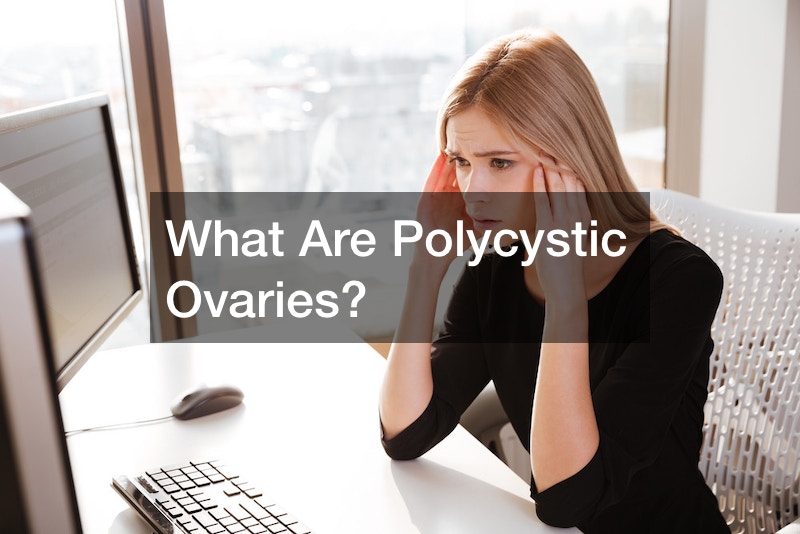
Tons of women around the world are diagnosed with polycystic ovaries, and they might get scared afterward. Luckily, the Youtube video “Polycystic Ovarian Syndrome (PCOS) – Pathophysiology, Symptoms, Treatment” has all the information you need to understand this condition, its treatment, what you can expect, and more. Let’s discover everything!
Polycystic Ovarian Syndrome occurs when follicles don’t ovulate and there’s an imbalance in your hormones. Normally, there’s an increase in the normal pulsatile GnRH release from the brain, and this is because there’s no high progesterone during the luteal phase.
If the follicle is not ovulating, there’s no corpus luteum, and without it, there’s no progesterone.
Because there’s an increase in GnRH, there’s also a rise in the amount of LH over FSH. Without enough FSH, the follicles don’t become mature enough to ovulate. This results in cysts forming on the ovary, as these are considered failed potential ovulation events. Additionally, the excess of LH leads to the production of androgens, which in turn, cause many common symptoms of PCOS. Some women experience hirsutism, which is an increase in facial hair, and acne.
You can watch the rest of the video to get the full details of polycystic ovaries.
.




